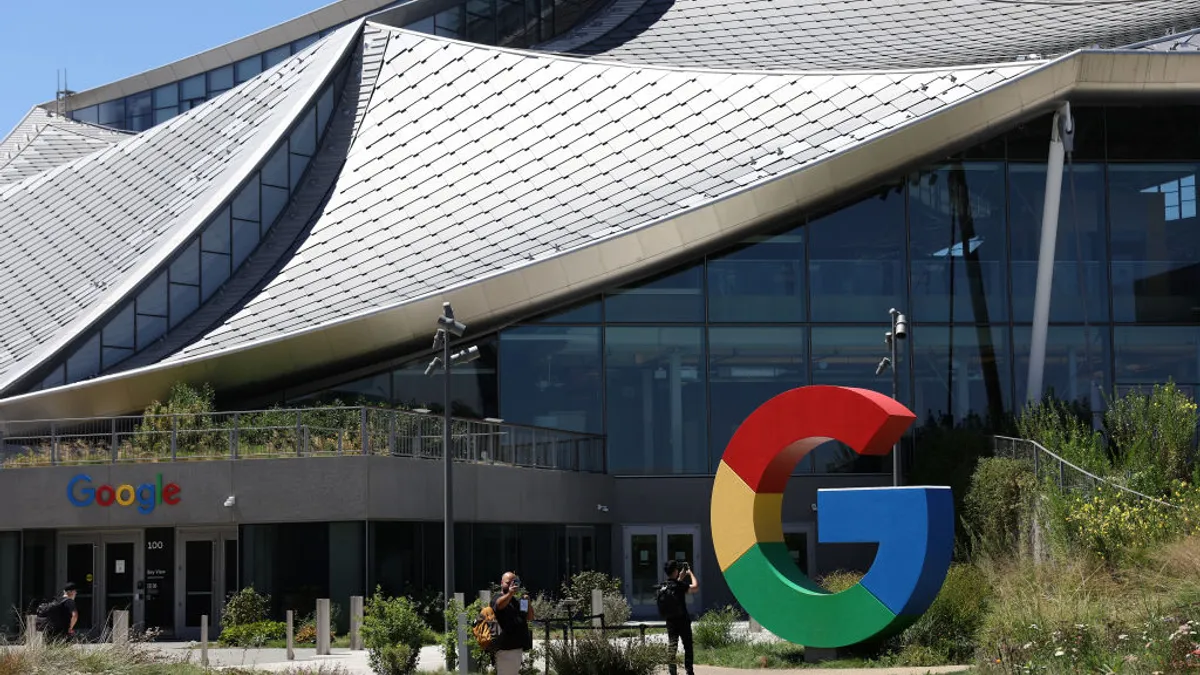Brief:
- Google updated its Firebase platform for developers that need support services to build, run and manage their mobile and web apps, TechCrunch reported. The updates include an improved Cloud Messaging API, a redesigned console for managing projects and an upcoming integration with crash-reporting tool Crashlytics, which Google acquired when it bought Fabric from Twitter this year.
- Google also launched Firebase Predictions that uses Google’s artificial intelligence (AI) technology for customer analytics. The tool can help developers anticipate which users will spend the most money or when they are likely to abandon the app.
- Halfbrick, the developer of the popular Fruit Ninja game, used Firebase Predictions and Remote Config to boost its seven-day retention rate by 20%, Google said at a developer conference in Amsterdam.
Insight:
Google continues to enhance offerings for developers looking to leverage Firebase to build mobile apps, with the latest advancements centered around tools intended to provide more insights into how apps function and how customers interact with them. The Crashlytics tool is an important addition because users generally shun apps that don’t function properly, wasting the money spent on acquiring new customers. Developers will be able to build crash reports into their work flows by connecting to the Cloud Functions for Firebase, TechCrunch reported.
Google said its redesigned Firebase console groups its products into four main areas based on the app development lifecycle: develop, stability, analytics and grow, per an announcement. “All of the products that you’re used to seeing in the Firebase console are still there; we’ve simply reorganized things to more accurately reflect the way your team works,” Google said.
Google’s expanded Firebase Cloud Messaging service for sending notifications to users is intended to make it easier for developers to send customized messages across different platforms. That means a notification could have basic text for iOS users and additional click response for Android users, according to TechCrunch. Google also introduced a new A/B testing framework to try out different versions of notifications to see which ones are more effective.











